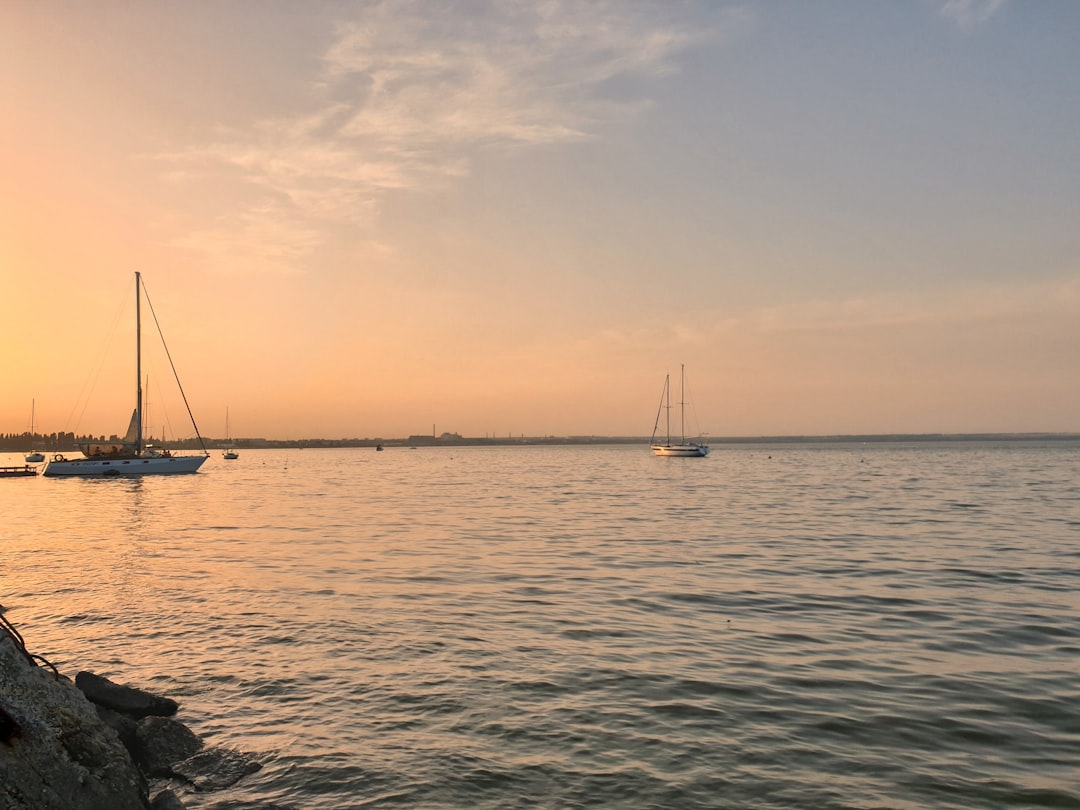What is it about?
Re-evaluation of Sandia Cave stratigraphy by Haynes and Agogino (1986) found that Hibben's Folsom zoze actually consisted of three units: a lower breccia (Unit F), an intermediate dripstone (Unit G) and an upper breccia (Unit H). They further speculate that the Sandia points may have been in Unit F (Haynes and Agogino 1986:25). Radiocarbon dates for the contact between Units G and H and for Unit F are statistically the same and have an average of 12, 415 +/-283 BP. The Unit F date calibrates to 13,398-14,543 cal BP (1 sd, p=1.00). Unit F is critical in that it accounts for the remains of horse, camel, and mammoth reported by Hibben for his Folsom level; the date suggests a pre-Clovis occupation.
Featured Image
Why is it important?
The isolation of Unit F, its date (cal 13,398-14,543 BP), and the probable association with Sandia points provides another example of a pre-Clovis occupation in the continental United States. Hibben attempted to glorify his original excavation, with the result that is became ridiculed in the profession. The site deserves reconsideration.
Perspectives
I am personally familiar with both Frank Hibben and the Sandia Cave material. I originally shared the general doubts regarding the excavation.
Dr Charles H. McNutt
University of Memphis
Read the Original
This page is a summary of: Sandia cave reconsidered, North American Archaeologist, February 2016, SAGE Publications,
DOI: 10.1177/0197693116631687.
You can read the full text:
Contributors
The following have contributed to this page










